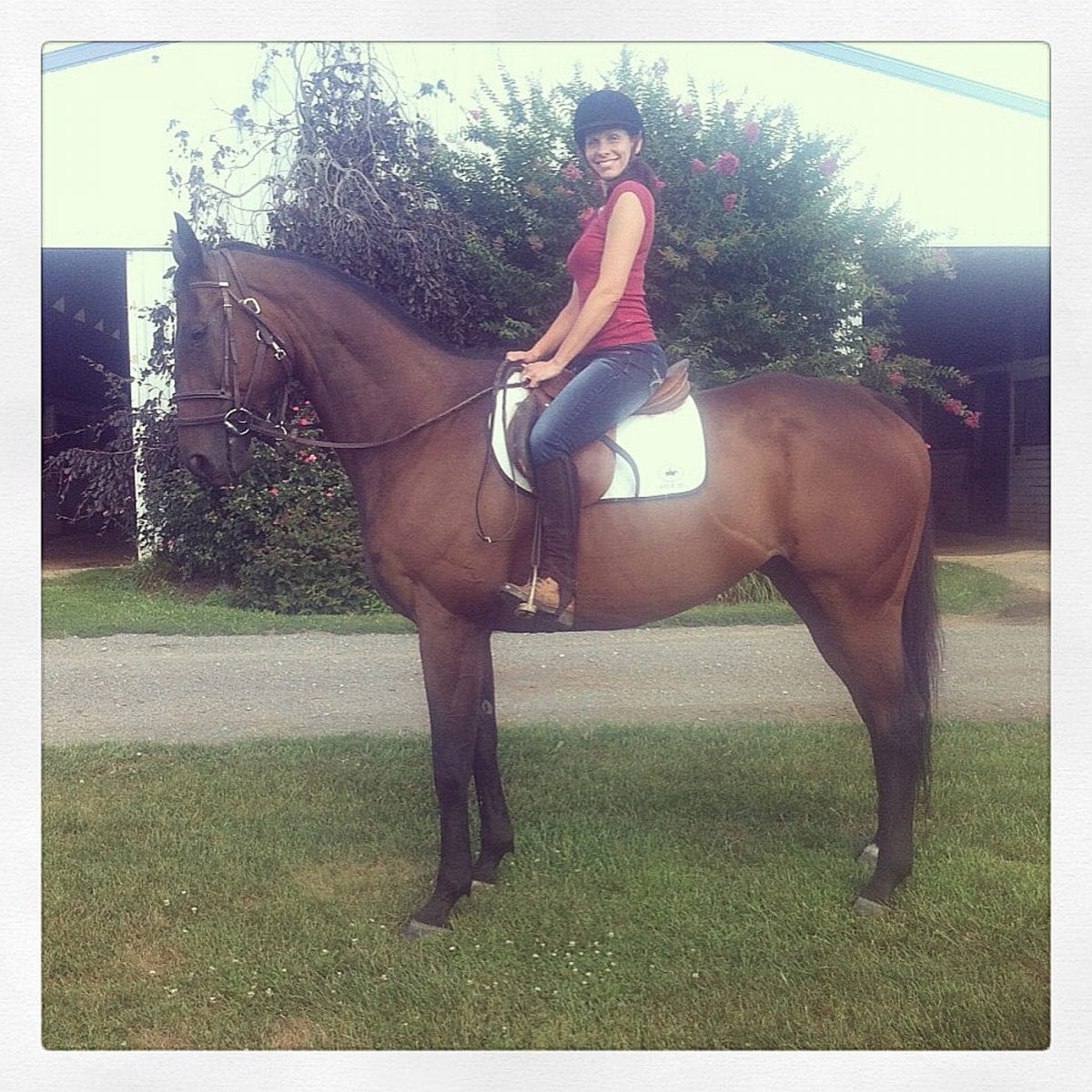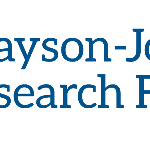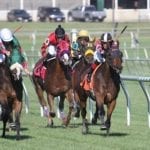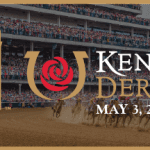In Maryland, a growing commitment to racehorse aftercare
Saturday, for the 147th time, a fleet of elite three-year-old Thoroughbreds will set sail in the Preakness, a throng 100,000-strong cheering them on.
The noise will crescendo twice, first as the horses leave the starting gate on their 1 3/16-mile journey and again in the last frantic dash to the finish line.
But what happens to these horses – and even more, to the 20,000 other three-year-olds racing at venues around the country – when age, injury, or inclination render them unable to compete? What happens when the cheering stops?
- April Midlantic stakes schedule
 Which stakes are taking place this month around the Mid-Atlantic? Answers within.
Which stakes are taking place this month around the Mid-Atlantic? Answers within.
The best answer to that question is one which accommodates horses in a variety of different circumstances. It’s one that ensures the future pasture ornament, trail horse, or top-quality eventer all find their niche. That’s what’s happening in Maryland right now.
Take Foxie G. A graded stakes-placed gelding, he raced until he was seven.
“We fell in love with him,” says Laurie Calhoun. “He just was that kind of horse. He would drink out of a big golf cup in the summer with ice water. He would take your hat off and put it back on your head.”
So when his career came to an end, Calhoun “gave him eight years of retirement on the farm,” she remembered. Her organization, the Foxie G Foundation, is named for the horse.
Or 64-race veteran General Sham’mah. He was aggressive, ornery, and hurting when he came off the track, said Bev Strauss, of Mid-Atlantic Horse Rescue.
“We had him for about, I don’t know, five years,” she said. “He ends up being the coolest horse, and he just found a home as a pasture pet.”
Kim Godwin Clark, a former exercise rider on the track, is taking a different approach. While Calhoun and Strauss take plenty of horses with no future beyond the pasture, Clark takes a small number of sound off-track horses and seeks to retrain them to be high-level performers in other disciplines.
“Thoroughbreds aren’t lower-level horses,” she said. “They’re athletes. And I think it’s important to train them correctly because all of them are ambassadors for the breed.”
The truth is that the growth in aftercare efforts is one of racing’s good news stories. No question there’s a ways to go, but this hidebound, change-resistant sport has come a long way in a surprisingly short period of time.
The Free State, long known for its horse culture, is now virtually bristling with programs designed to find soft landings for horses that have reached the end of their racing careers.
When it comes to aftercare, Maryland is striving to live up to a slogan the Stronach Group has used in a very different contest: second to none.
There are organizations that focus on sanctuary horses, those that strive to repurpose retired racers, or to retrain Thoroughbreds to compete at the highest levels in other disciplines. But what might be most important is that there are structures in place that make it easy for owners and trainers to do what’s best for their retiring runners.
“Beyond the Wire is a program that’s a joint venture among the whole racing industry, which is a really nice part of it: that everybody’s involved,” said Beyond the Wire’s program administrator, Jessica Hammond.
Beyond the Wire’s job, in essence, is to identify on-track horses ready to retire, match them with appropriate aftercare facilities — places like Foxie G and Mid-Atlantic Horse Rescue — and provide funding for them until they can find new permanent homes.
Hammond’s program is funded as a joint venture among the state’s Thoroughbred Horsemen’s Association, Horse Breeders Association, and jockeys, as well the Maryland Jockey Club and its parent company, The Stronach Group. The latter is kicking in $1 million over four years and matching other groups’ donations thereafter. Maryland jockeys, Northview Stallion Station, and horse owners (on an $11 per start basis) also contribute.
That makes Beyond the Wire probably one of the best-funded aftercare programs in the nation and allows the group to do something critical: any horse that meets the program’s base criteria (basically, that it is based in Maryland) can go through Beyond the Wire.
“They all get in,” Hammond said. “Anybody that falls within the qualifications is accepted into the program.”

Millionaire Heros Reward lived at Foxie G in the years immediately after his retirement. Photo by the Foxie G Foundation.
That means, she said, that “usually within 24 hours” of an owner or trainer contacting her to retire a horse, she can visit the horse and get the ball rolling.
“They just have to say, ‘I want to retire this horse,’ and I show up and start the process, doing the paperwork and the evaluations,” she said.
Beyond the Wire, begun in 2017, recently retired its 500th horse.
Of more recent vintage is a separate program launched by the Maryland Horse Breeders Association known as BackStop. While Beyond the Wire focuses on Maryland-based horses, BackStop puts the emphasis on Maryland-breds, wherever they may be.
“We are committed to working with people who are dedicated to giving these Maryland-breds a new start and a safe landing,” said Cricket Goodall, MHBA executive director, in a news release. “We know that breeders and owners want the best for their horses. This fund will be available for a specific use that benefits the Maryland-bred horse that needs the help.”
Folks with end-of-career Maryland-breds can apply for one-time assistance from BackStop, which is funded by $25 of the fee to register a Maryland-bred. The assistance is designed to supplement any other funding that might be available.
These programs are critical. Just a few years ago, horsemen seeking to retire a runner had to know where to look to find landing spots for their horses, do the legwork of getting them into appropriate programs, and pay for their care while that was all going on. Now they can simply funnel them into the aftercare pipeline.
Moreover, these programs send an important message: caring for retired racehorses is the responsibility of everyone in the industry and requires a whole-of-industry response. In recent years, for the first time, it appears that the industry understands that.
“It’s gotten a lot better, especially in Maryland and the Mid-Atlantic states,” said Bev Strauss. “Aftercare is part of the whole vocabulary now on the backside, and that makes a big difference.”
Strauss’s group, Mid-Atlantic Horse Rescue, is based in Chesapeake City, MD. It’s 20 years old now, and she said they see around 200 horses a year, with 120 of those adopted out. Horses might stay there for as little as a couple of weeks or as long as years.
“It’s gotten much better,” Laurie Calhoun, of Foxie G, located in Union Bridge, MD, agreed. “There’s a lot more awareness of what these horses need.”
That said, there’s more work to be done. For one thing, she said, funding, especially for so-called sanctuary horses, those unable to be ridden, is insufficient, and as Calhoun said, “they live a long time.” Most of Foxie G’s funding, she said, comes not from industry sources but from private donations.
For another, even as horsemen have become increasingly aware of the need to consider horses’ long post-racing lives – and although, as Clark says, most horses come off the track sound – there’s still progress to be made.
“Horsemen have to understand that throughout the horse’s career, they’re making decisions that affect what’s going to happen for their aftercare plan, so to speak,” said Beyond the Wire’s Hammond. “If they’re aware of it, and they plan and they prioritize, ‘I want this horse to retire sound’ all along so that they’re making decisions that are in the best interests of the horse in the long run, that makes for a lot of good stories.”
And it dovetails with a third issue that Clark cites. While Thoroughbreds once were the horse of choice for high-level performers in other equine disciplines, they largely were displaced over the years by warmbloods, with Thoroughbreds developing a reputation as difficult. That’s changing, but even today, off-track Thoroughbreds are often not as valuable as other horses.
“They’ve got to get more value on them,” Clark said. “That’s why I started putting more training on them. They are not valued for what they are.”
All of these local programs are, of course, part of a larger ecosystem that includes a national accrediting group, the Thoroughbred Aftercare Alliance, as well as initiatives like the Retired Racehorse Project and Thoroughbred Makeover.
But in the same sense that all politics is local, so, too, is all aftercare. In the end, the rubber meets the road at your home track and your local aftercare facility. And in that regard, Maryland and other Mid-Atlantic states have been moving in the right direction.
“My husband and I stepped away from racing for a long time, because, you know, we saw what was happening to horses when they were leaving the track,” Bev Strauss said. “And we’re in it for the love of the horse. But now that we’re back involved in racing again, how much people are really focused on retiring the horses sound and getting them good homes after racing, I mean, it really makes a huge difference.”
LATEST NEWS















